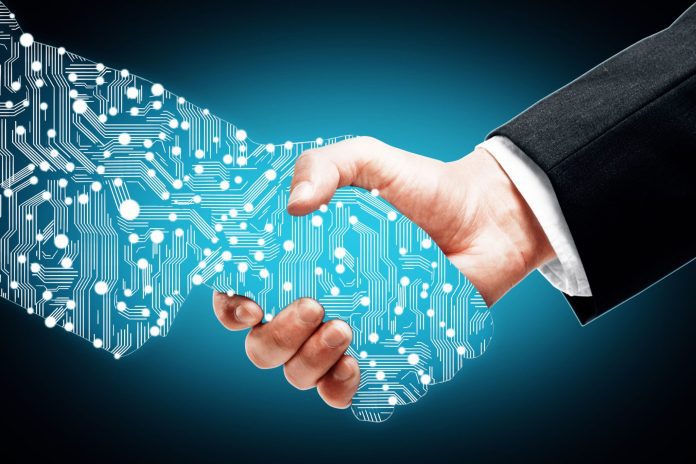Google technical director discusses key tech trends redefining enterprises
AUSTIN–Digital transformation is having a profound impact on how companies conduct business, giving rise to new competencies never seen before. As these competencies are further developed, Google Technical Director Paul Strong sees a number of key tech trends that are reshaping business models, from microservices on one end to quantum computing on the other.
Digitalization
Strong explored some of these trends during a keynote presentation at the SDxE Software-Defined Enterprise Conference and Expo. Strong began by noting the general shift toward digitalization. “We’ve done it for computers. It went from people, to analogue computers to digital computers. What we see happening right now is this transformation where organizations, enterprises, businesses and governments are creating a digital copy, if you will, of what happens in the real world, whether it’s supply chains, or whether it’s manufacturing processes, or products or whatever else.”
According to Strong, this digital transformation is taking the world to a place where every organization is technically a technology organization. He then proceeded to highlight some of the main tech trends he sees shaping business enterprises.
Software
Among these tech trends is software evolving from a monolithic space, according to Strong. Containers, for instance, though not exactly a new technology, have enabled service providers to break monolithic applications into bite sized chunks of code capable of running on a host operating system. “We went through a world of client server, three-tier, n-tier and now these distributed architectures and microservices where we can finally reaggregate and use software building blocks to leverage the innovations that have gone on in the past to build new value.”
Hardware
Accompanying the evolution of software is the evolution of hardware, said Strong, which has moved from big machines to fabric. This fabric extends beyond data centers and all the way to the network edge.
The Cloud
Another major shift impacting companies is use of public and private clouds like Amazon Web Services. The success of the cloud can be attributed not just to its unlimited resources, according to Strong, but to the democratization of innovation. “Cloud is defined not by the underlying technology, but by the consumption experience. The notion of self-service, supervision, pay for what you use and elastic IT is something never, ever had before cloud.”
Social interaction
Technology has also opened up a new kind of social interaction, which has spilled over into the businesses realm. The use of social networking sites has enabled people to connect and transfer data despite geographical constraints. Social media platforms like Facebook and Twitter are redefining what is deemed socially appropriate. “This isn’t just about these devices. We are creating new kinds of engagements between people,” Strong said.
The IoT
In addition to connecting people, the IoT is connecting devices, explained Strong. At its inception, the internet represented a global telephone. In today’s world, the internet extend beyond computers and users. Billions, and soon hundreds of billions of devices, are connected to the web. IoT represents a way for these devices to exchange meaningful data automatically.
Big data
The amount of information generated by IoT devices has given way to another tech trend known as big data, which inundates businesses on a day-to-day basis, explained Strong. He said the amount of information produced by the IoT each year is doubling and that machine learning will be indispensable to making sense of the massive amount of data churned by web-connected devices.
Quantum computing
The final tech trend Strong saw as shaping future business models is quantum computing. Even with machine learning, according to Strong, a limit exists to what can be achieved. He said that within a year or two, computational chemistry will start leveraging quantum computing to simulate chemical reactions. “We’re pushing things to the end where we can start solving problems that aren’t solvable even if you have millions of computers,” said Strong. “Believe me,” referring to Google’s headquarters, “we have millions of computers.”

